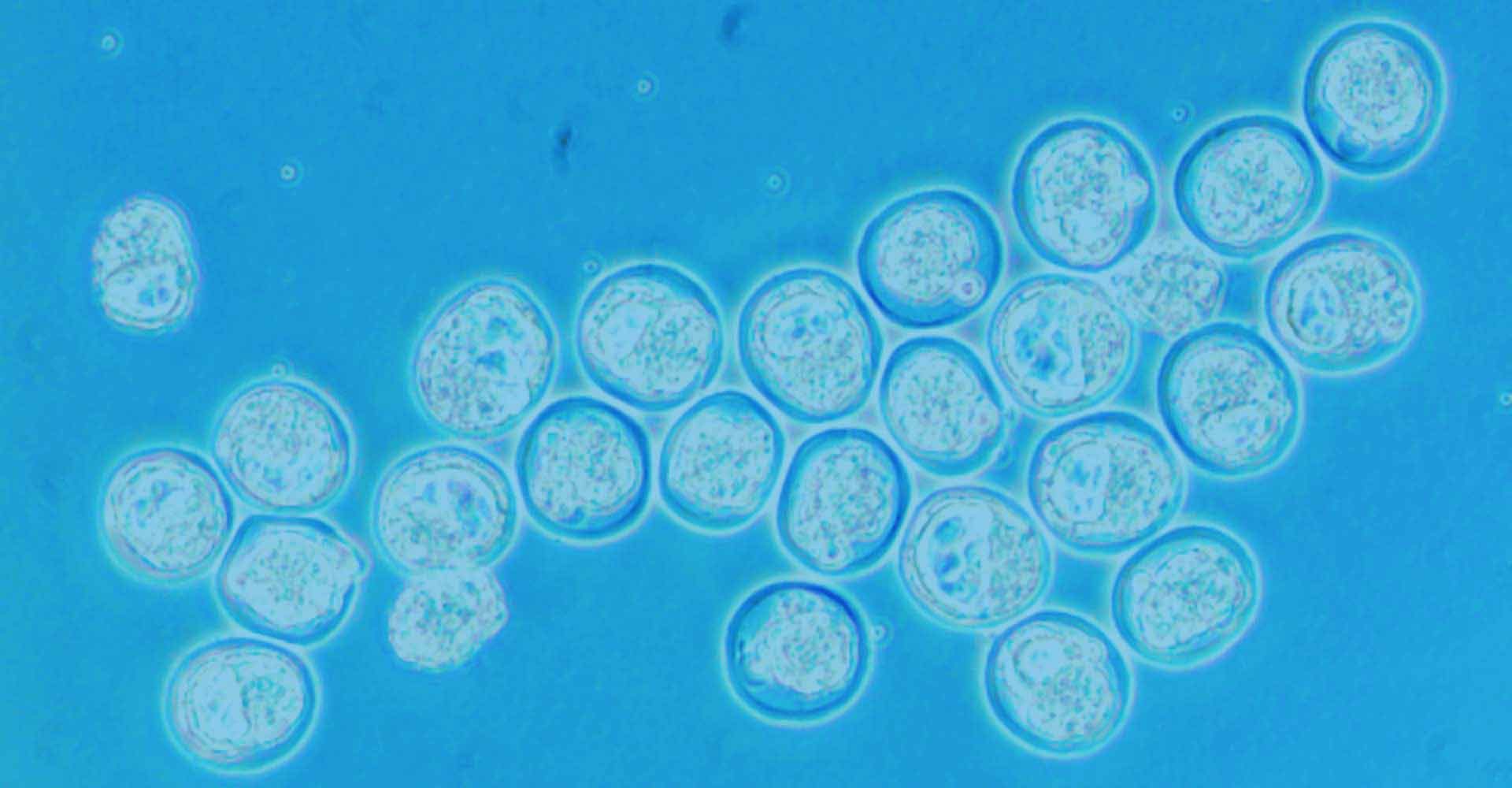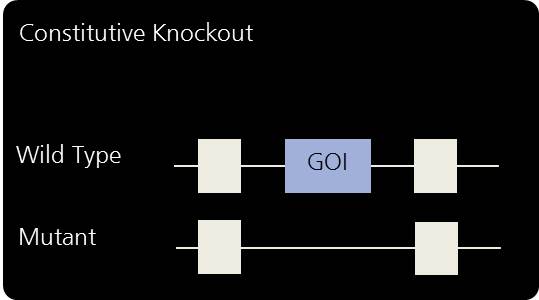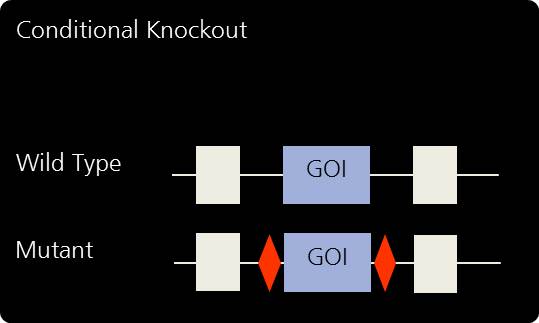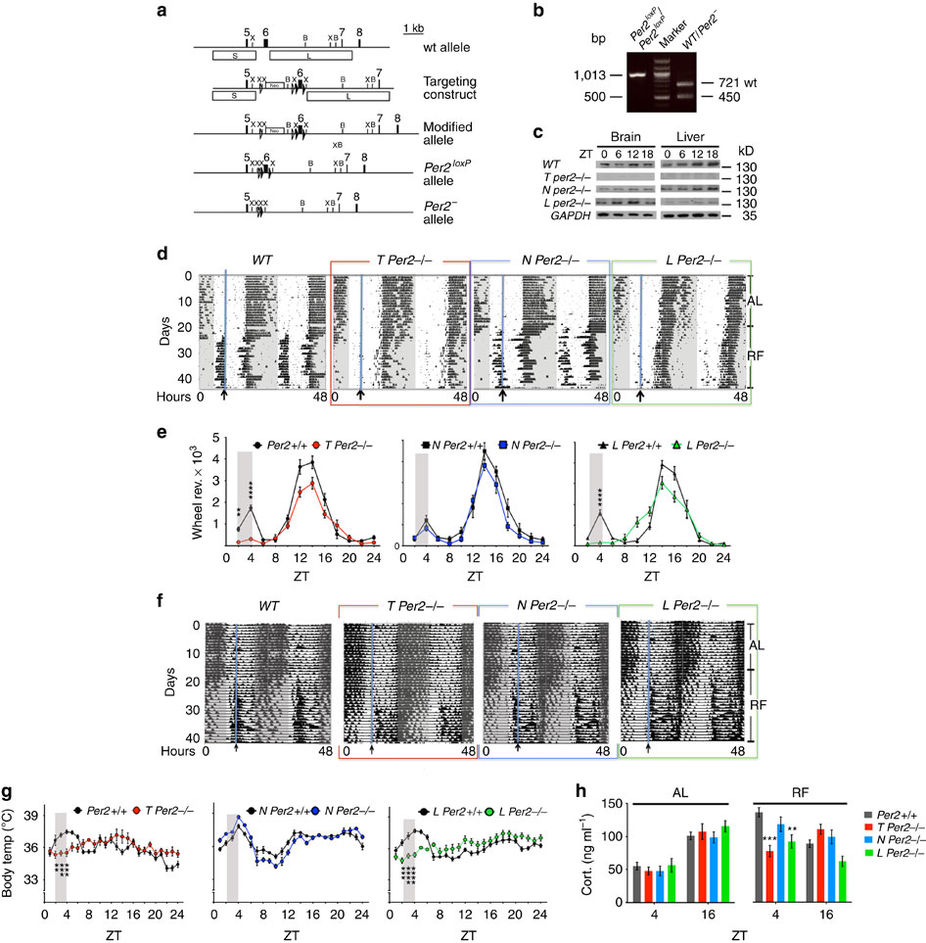Turning off rodent genes to elucidate their function or model genetic diseases.
Given the high similarity between rodent and human genomes, the laboratory mouse and rat are preferred model choices to understand biological mechanisms of genes and diseases in humans.
Deleting or “knocking out” a relevant mammalian gene is a way to investigate its malfunction or its potential as a drug target in a variety of disease areas – in neurodegeneration as Alzheimer’s, cancer, cardiovascular diseases (CVD), inflammatory or metabolic diseases and many other fields.
In general, a knockout model can be employed constitutively or conditionally. Constitutive knockout is the permanent inactivation or mutation of a gene in every cell of the mouse or rat model. Depending on the use of the animal model, a conditional knockout might be a better choice, where gene deletion and mutation can be controlled in a time or tissue specific manner.
In recent years, many scientific consortia were aiming to generate mutant mice of every gene in the murine genome. Among others (such as the EUMODIC programme and the MGP programme), the International Knock-out Mouse Consortium (IKMC) created mutant ES cells.
Currently, the IMPC (International Mouse Phenotyping Consortium) builds on these efforts and generates about 20’000 mutant mice to analyse their phenotypic characteristics. However, this in vivo database is still far from complete and the mouse models themselves can only be accessed by research institutions.






